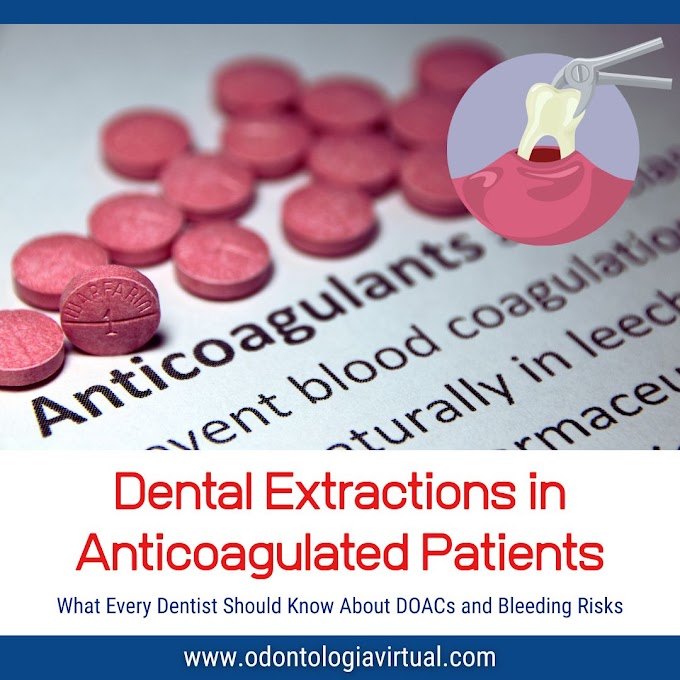Medical ozone is produced by oxygen and its passage through a voltage gradient, using ozone generators that react to dioxygen molecules, forming ozone (O2 + OÆO3).
Several biological actions of medical ozone include the increase in the synthesis of biologically active substances such as interleukins, leukotrienes and prostaglandins that are beneficial in the reduction of inflammation and in cicatrization, the activation of aerobic processes (glycolysis, Krebs cycle, beta-oxidation of fatty acids), secretion of vasodilators (e.g. nitric oxide-NO), activation of the mechanism of protein synthesis and increase in the quantity of ribosome and mitochondria in the cells, thus raising the functional and potential activity of tissue regeneration.
The ozone oxidant potential induces the destruction of cellular walls and cytoplasmatic membranes of bacteria.
The gas was named ozone (a Greek word that means "smell") by the German chemist Christian Frederick Schonbein of the University of Basel in Switzerland 1840.
The gas was named ozone (a Greek word that means "smell") by the German chemist Christian Frederick Schonbein of the University of Basel in Switzerland 1840.
The purpose of this study was to perform a review regarding the effectiveness of ozone therapy in the area of dentistry, with emphasis on the current uses, focusing on the areas of periodontics, orthodontics and dental implants.
The authors aimed at answering the following questions:
“What is the action of ozone on periodontal pathogens?” “What are the effects of ozone on the adhesion of brackets to dental enamel?” “How does ozone act in the bone integration of dental implants?”













